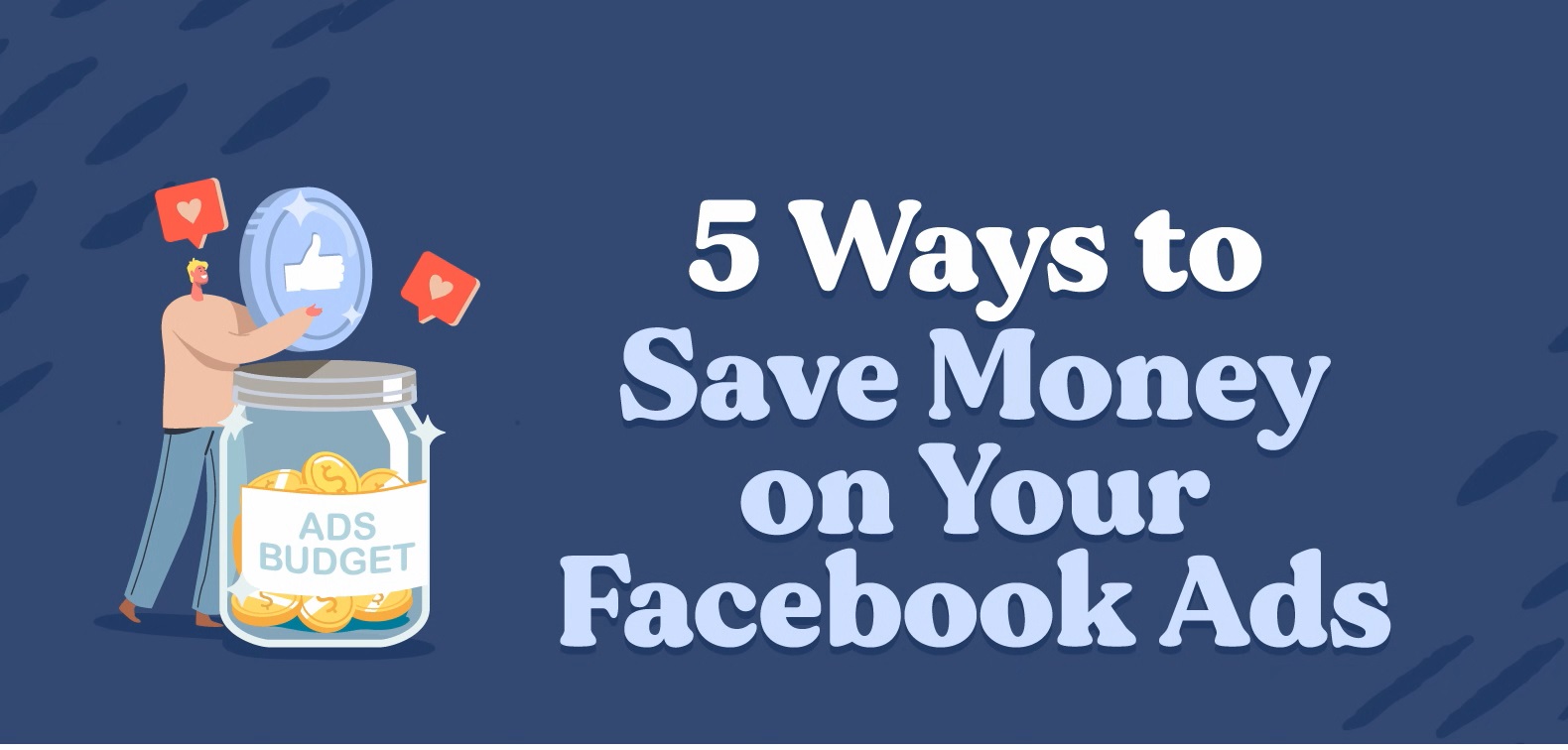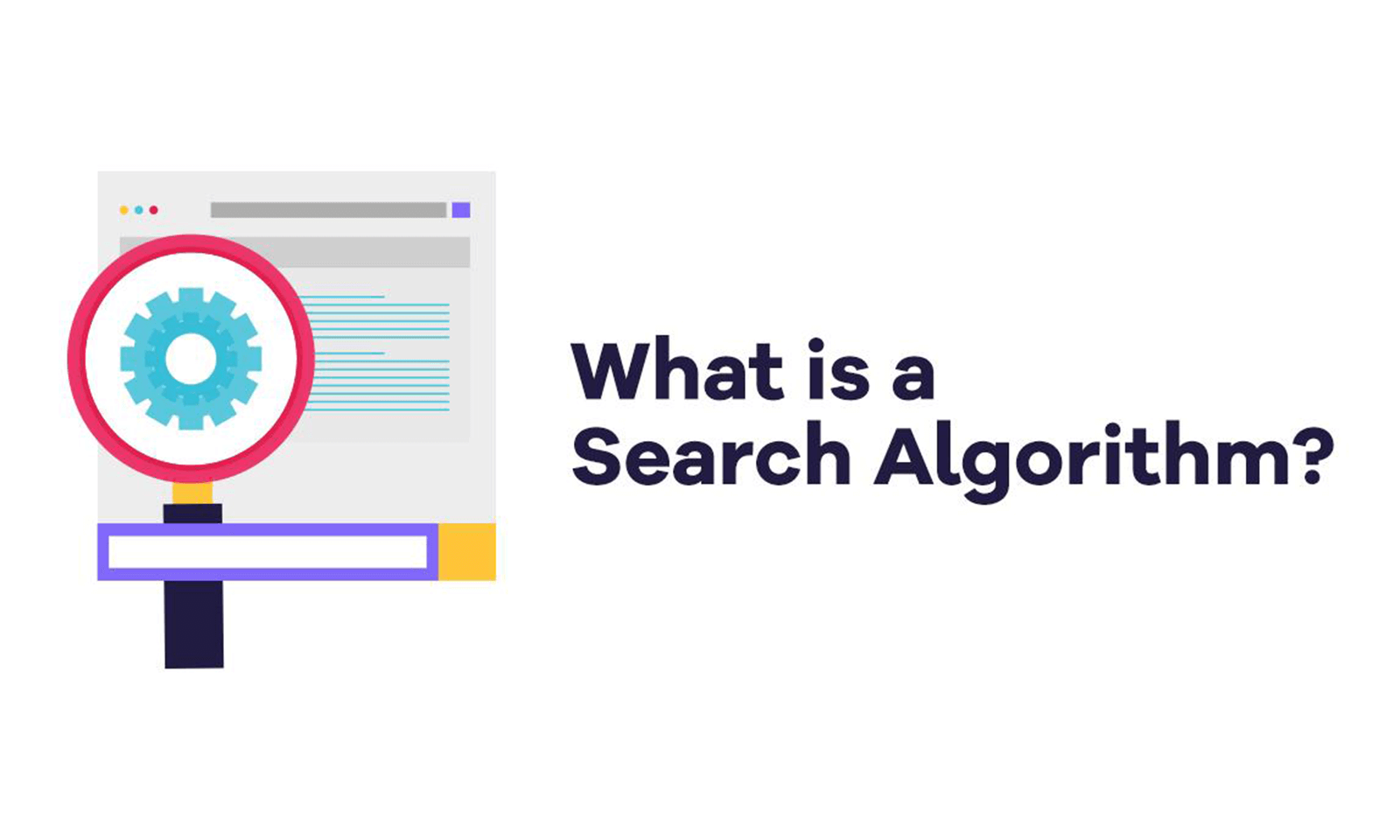As a business owner or marketer, you may have considered running Facebook ads to boost your brand’s reach and generate more leads. However, the cost of Facebook ads can quickly add up, leaving you with a hefty bill and few results to show for it. Fortunately, there are ways to avoid overspending on Facebook ads while still achieving your marketing goals. In this article, we’ll explore some effective strategies to help you save money on Facebook advertising.
1. Define Your Target Audience
One of the most important steps in any advertising campaign is identifying your target audience. By understanding your ideal customer’s age, gender, interests, and behaviors, you can create more targeted Facebook ads that will resonate with them. This, in turn, can lead to higher conversion rates and lower costs per click.
To define your target audience, consider using Facebook’s Audience Insights tool. This tool allows you to explore and analyze different audience segments based on factors such as age, location, interests, and behaviors. By using this information to create custom audiences, you can ensure that your ads are reaching the right people.
2. Test Your Ad Creatives
Creating eye-catching ad creatives is crucial to the success of your Facebook ad campaigns. However, you don’t want to spend a lot of money on ads that may not resonate with your target audience. To avoid this, it’s essential to test different ad creatives and messaging to see what works best.
Consider testing different ad formats, such as images, videos, or carousels, to see what generates the most engagement. You can also experiment with different messaging and calls to action to see which ones lead to the highest click-through rates.
3. Set a Realistic Budget
It’s easy to get carried away with Facebook ads and overspend, especially if you’re new to advertising on the platform. To avoid this, it’s important to set a realistic budget for your ad campaigns.
Start by determining how much you can afford to spend on advertising each month. Then, divide that amount by the number of days in the month to get your daily budget. By setting a daily budget, you can ensure that you don’t overspend on any given day.
4. Monitor Your Ad Performance
Regularly monitoring your ad performance is essential to ensure that your campaigns are effective and that you’re not overspending. Look for key metrics such as cost per click, click-through rate, and conversion rate to see how your ads are performing.
If you notice that certain ads or ad sets are underperforming, consider adjusting your targeting, ad creatives, or messaging to improve their performance. By continuously monitoring and tweaking your campaigns, you can optimize your ad spend and achieve better results.
5. Consider Alternative Advertising Channels
While Facebook advertising can be a powerful tool for reaching your target audience, it’s not the only advertising channel available. Depending on your business and marketing goals, you may find that other channels, such as Google Ads or LinkedIn advertising, are more effective and cost-efficient.
Before committing to Facebook ads, consider exploring other advertising channels to see if they can deliver better results at a lower cost.
Conclusion
Facebook advertising can be an effective way to reach your target audience and generate leads. However, overspending on ads can quickly eat into your marketing budget and leave you with little to show for it. By following these tips and strategies, you can save money on Facebook ads while still achieving your marketing goals. Remember to define your target audience, test your ad creatives, set a realistic budget, monitor your ad performance, and consider alternative advertising channels. By doing so, you can optimize your ad spend and achieve better results for your business.



